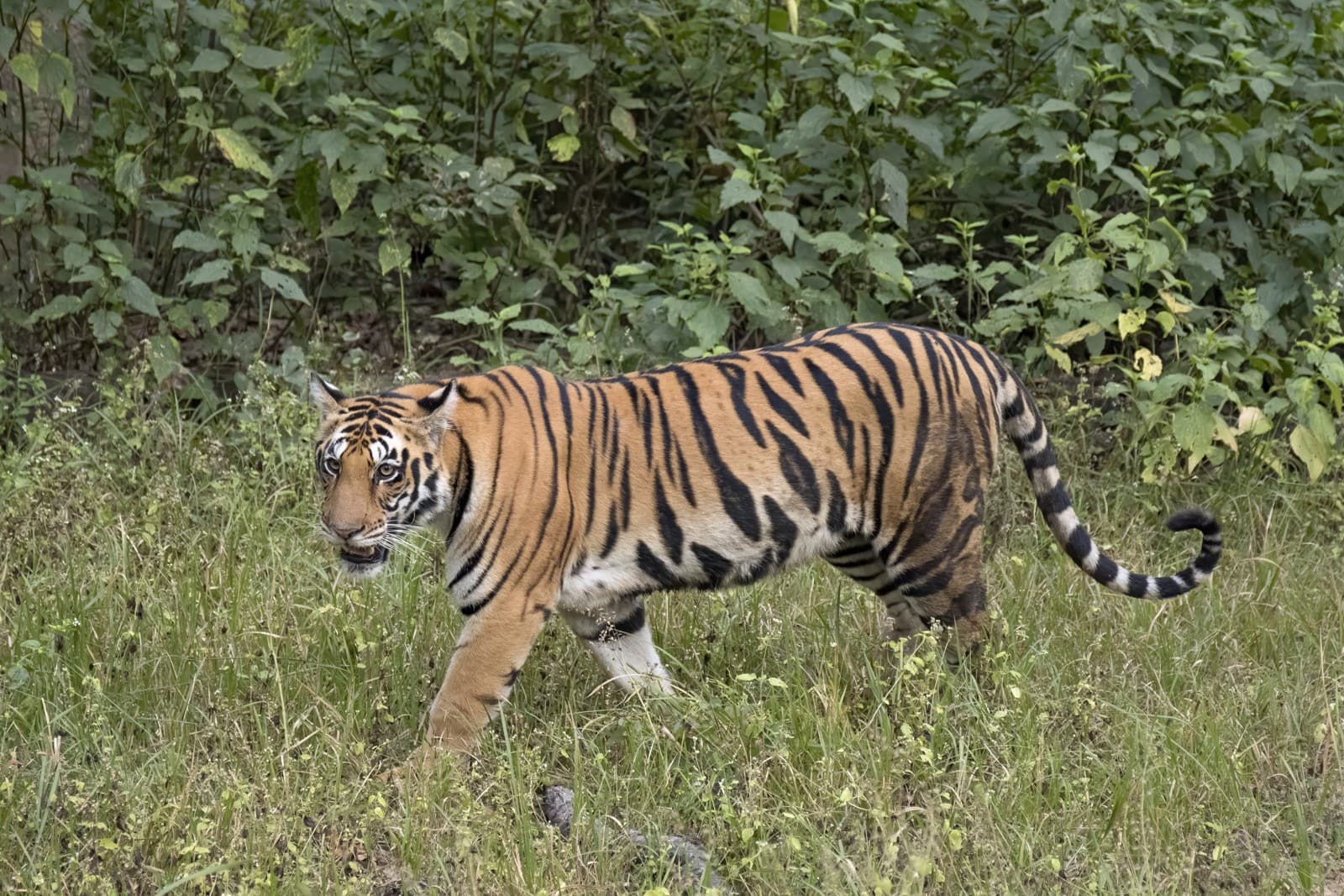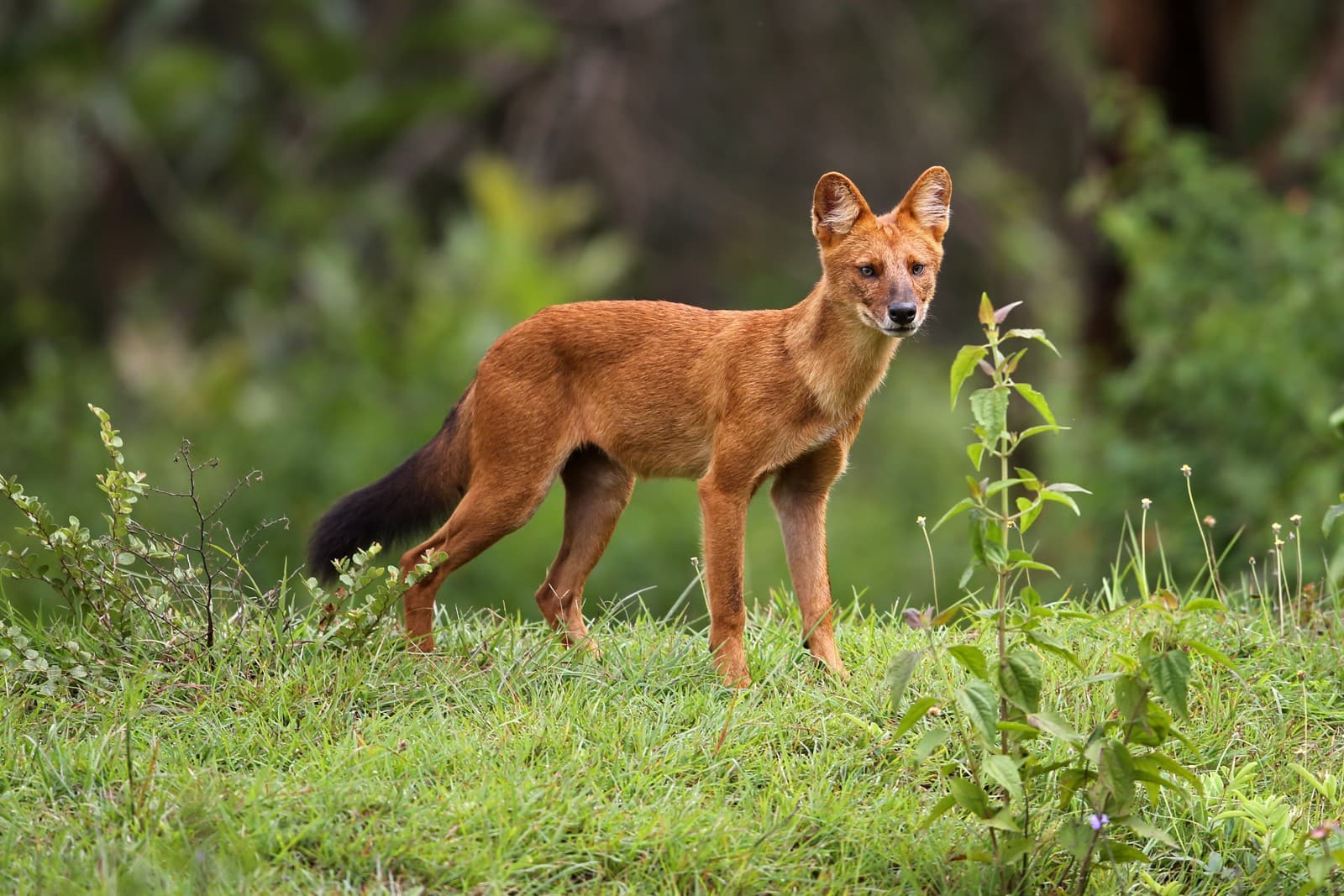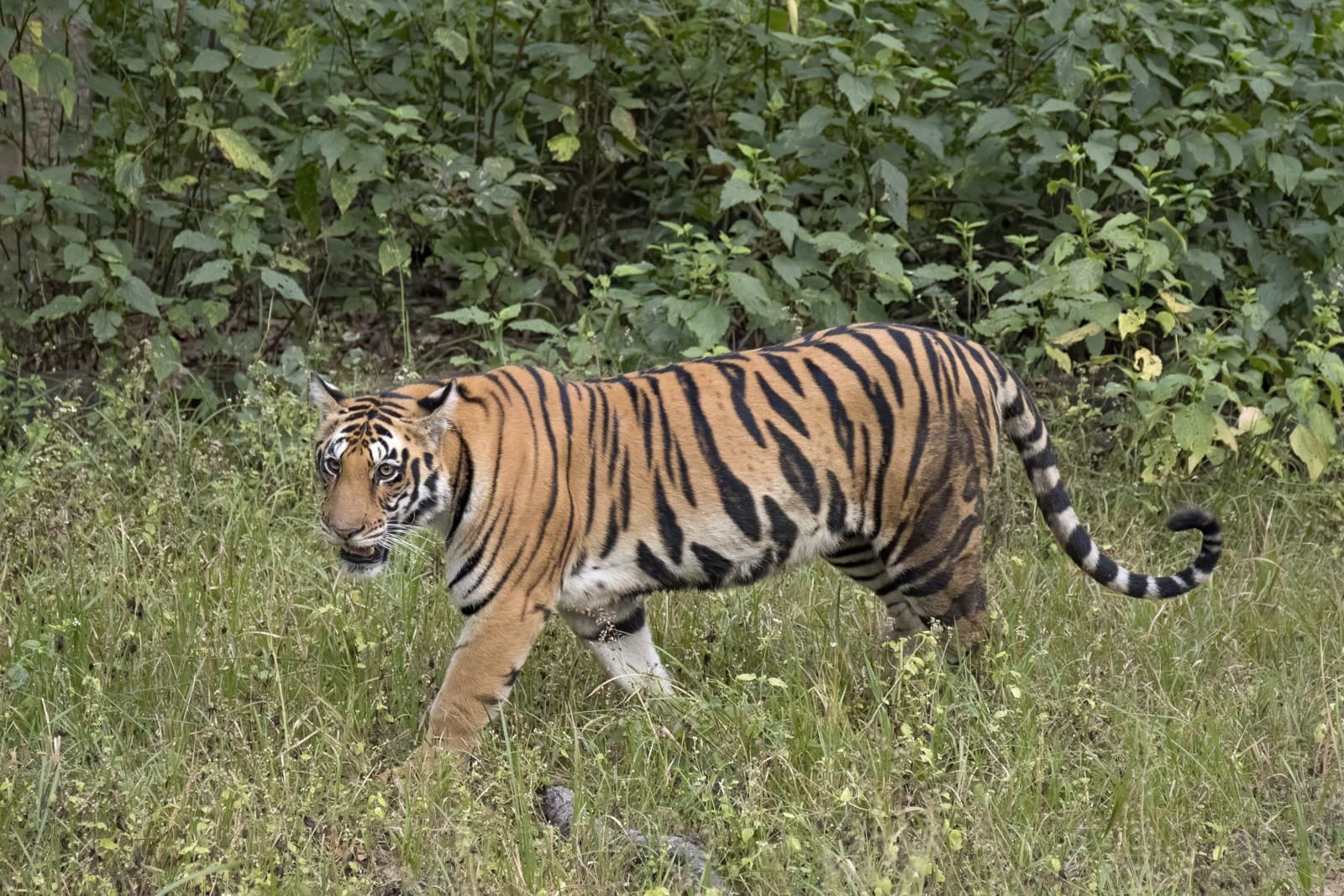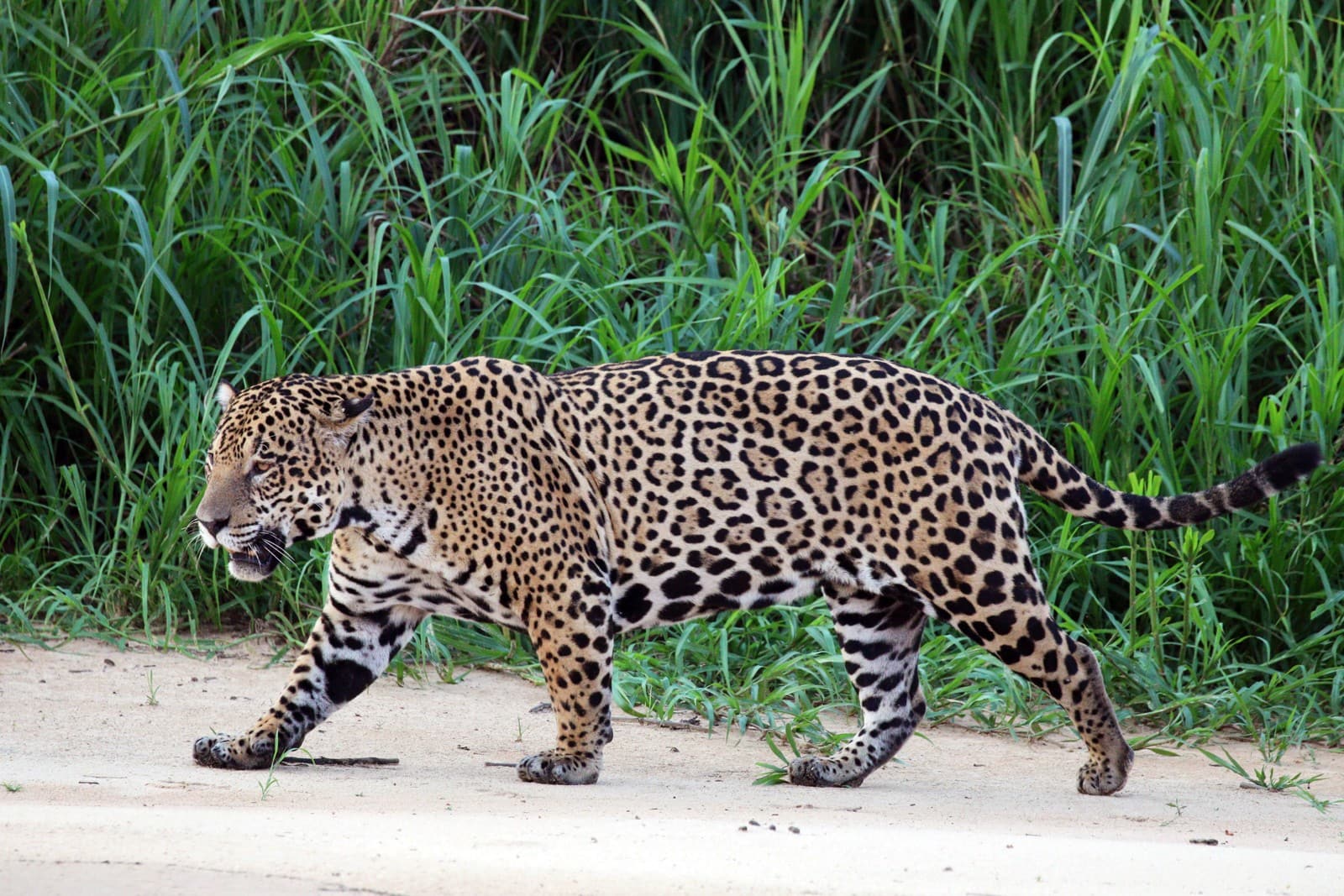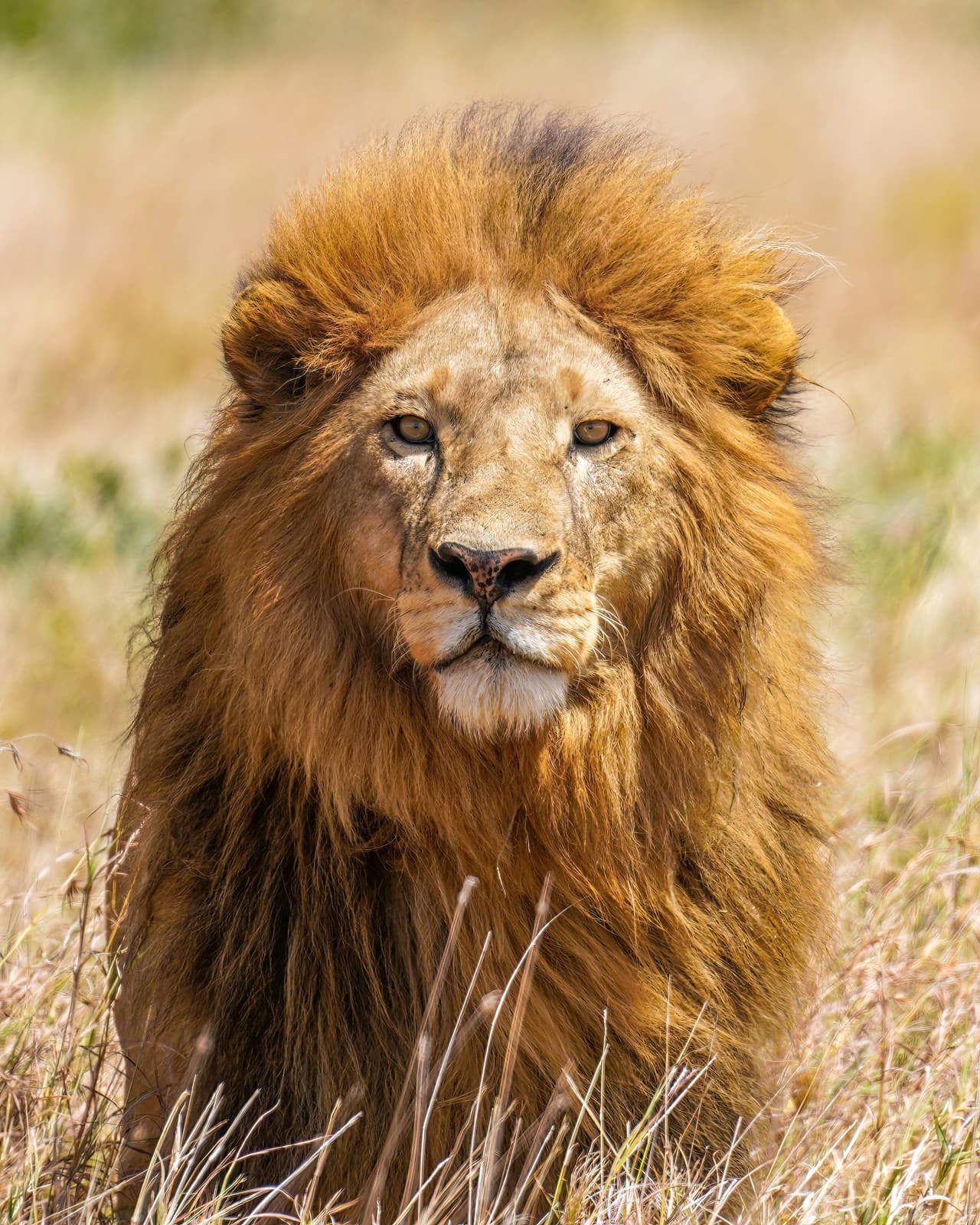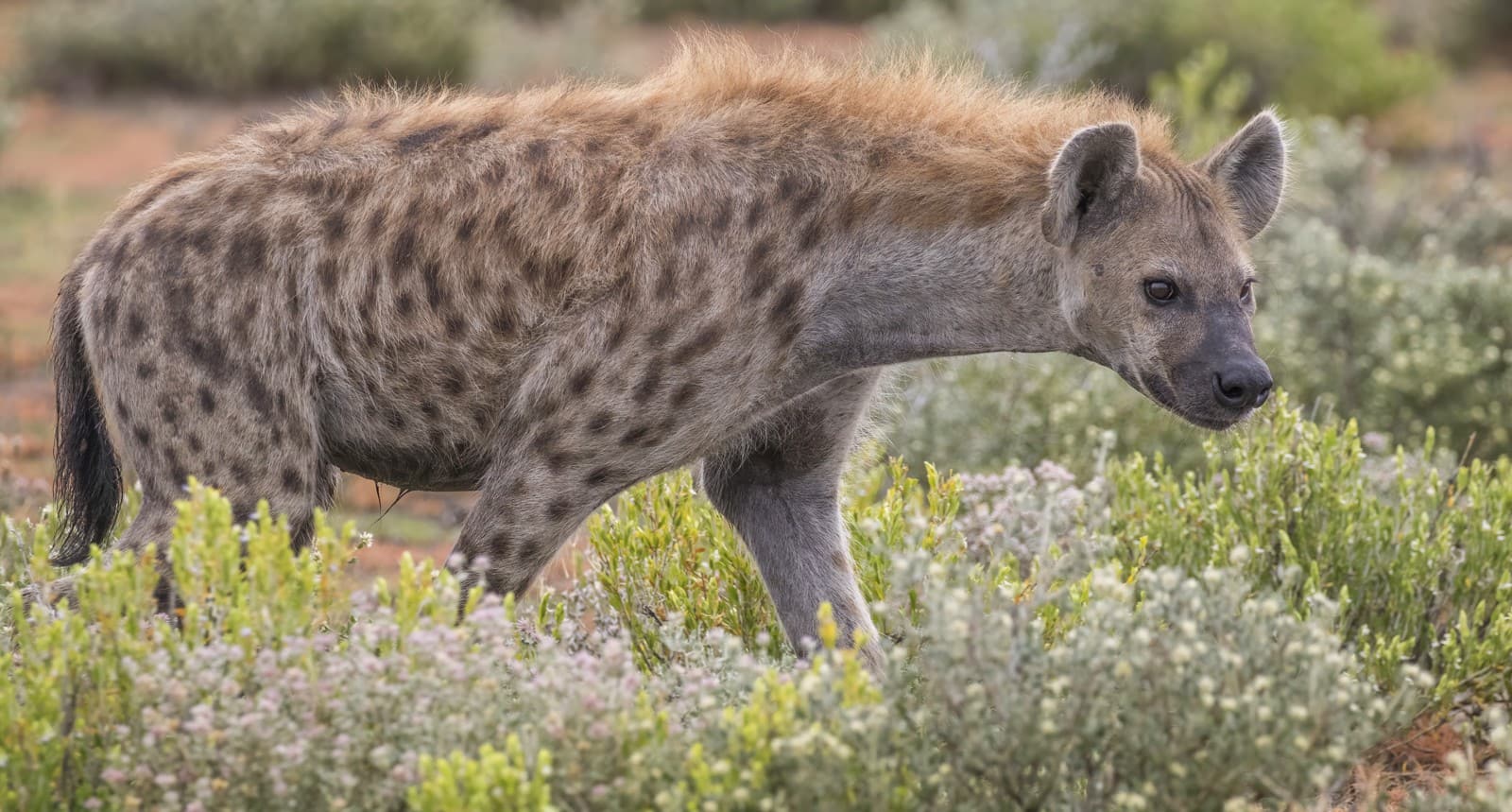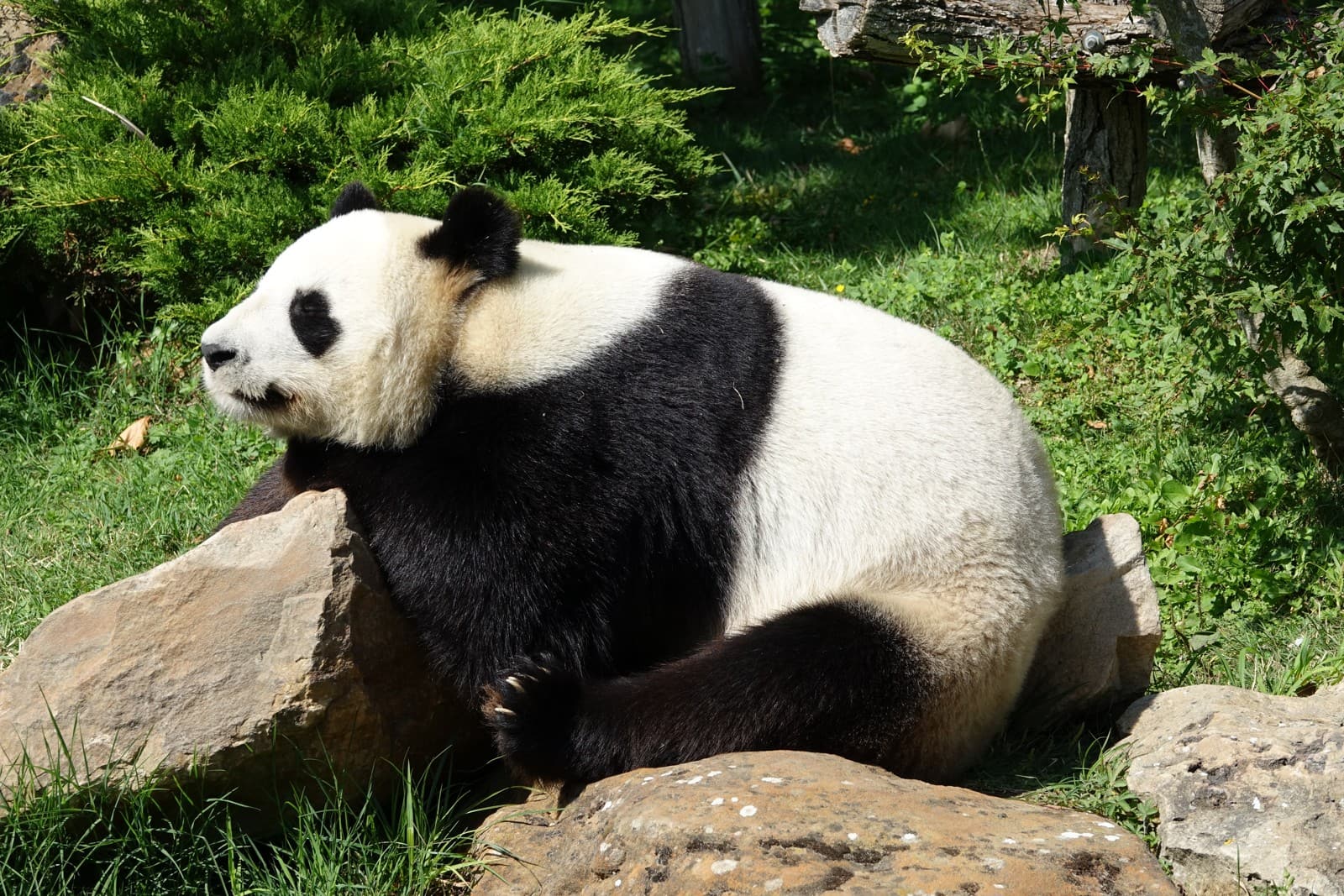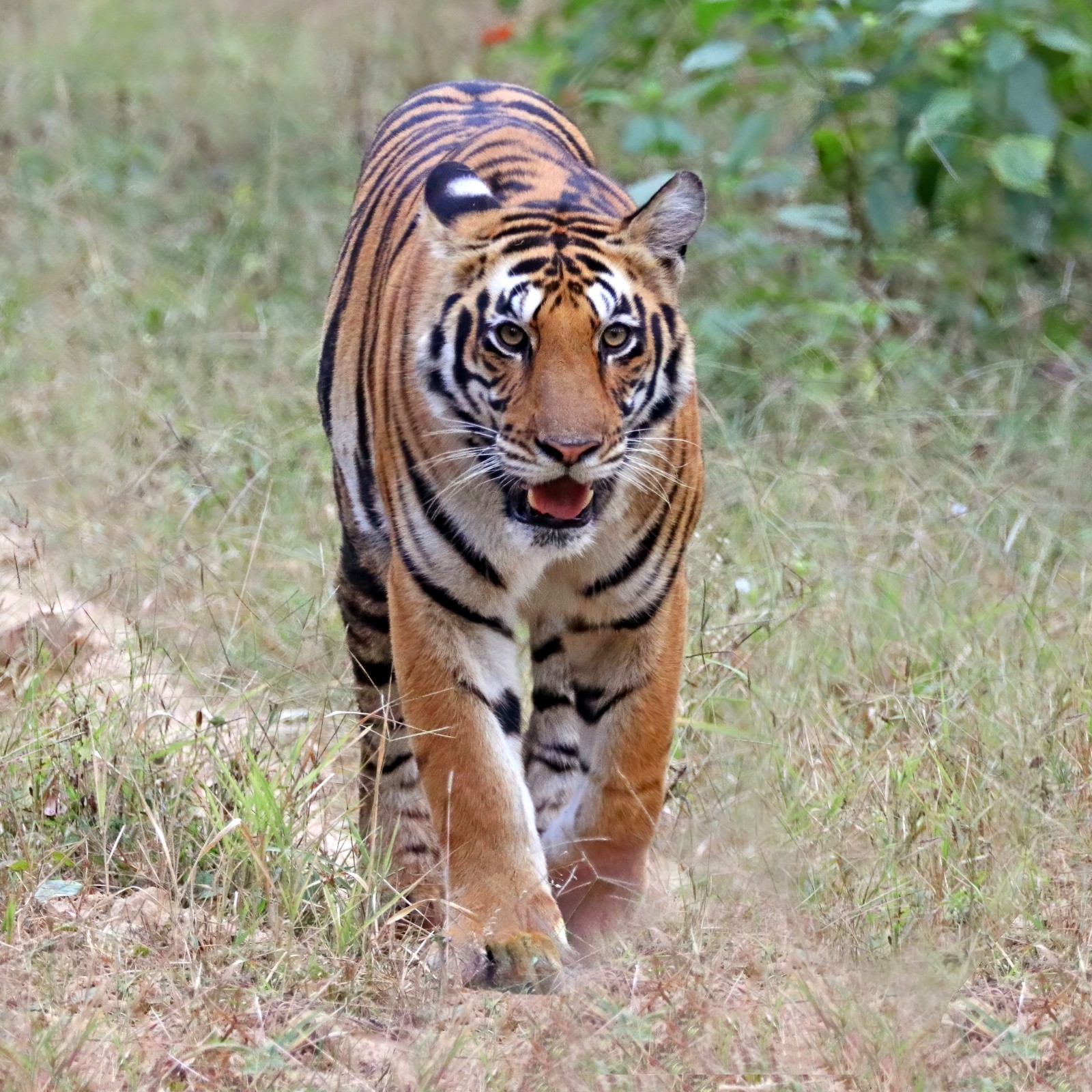Tiger vs Lion: A Complete Comparison
In the realm of big cats, the tiger vs lion comparison stands as nature’s most compelling matchup between apex predators. Tigers, being the larger solitary hunters, typically weigh 400-670 pounds (180-310 kg), while male lions average 330-570 pounds (150-260 kg). This size difference reflects their distinct evolutionary paths and hunting strategies.
The fundamental distinction between these magnificent cats lies in their social behavior. Tigers are solitary specialists, masters of stealth and ambush, while lions live and hunt in family groups called prides. This core difference shapes everything from their hunting tactics to their physical adaptations.
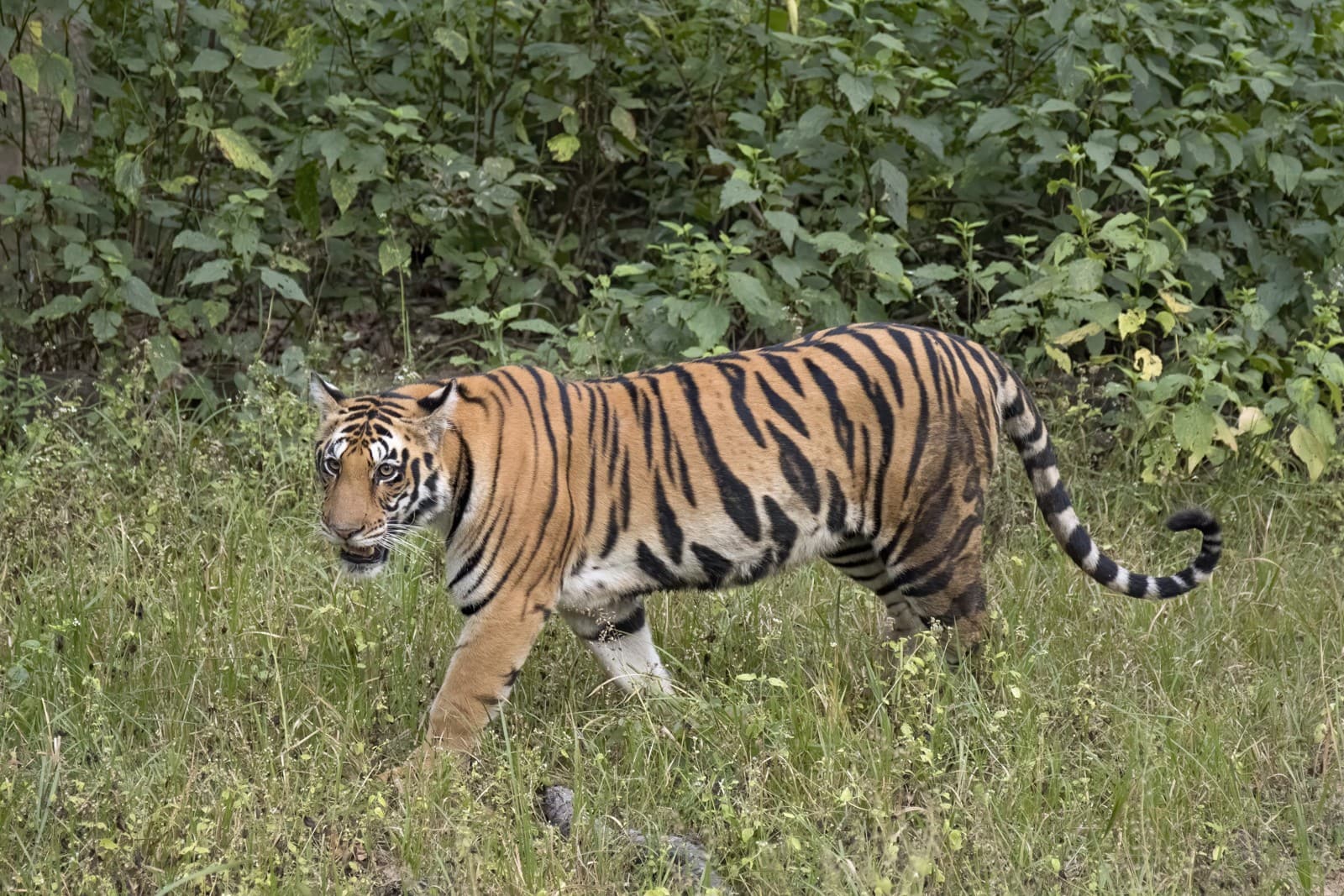
© Charles J. Sharp / CC BY-SA 4.0
The Bengal tiger demonstrates the perfect fusion of power and stealth. Its striped coat provides crucial camouflage in forest environments, breaking up its outline among shadows and vegetation.
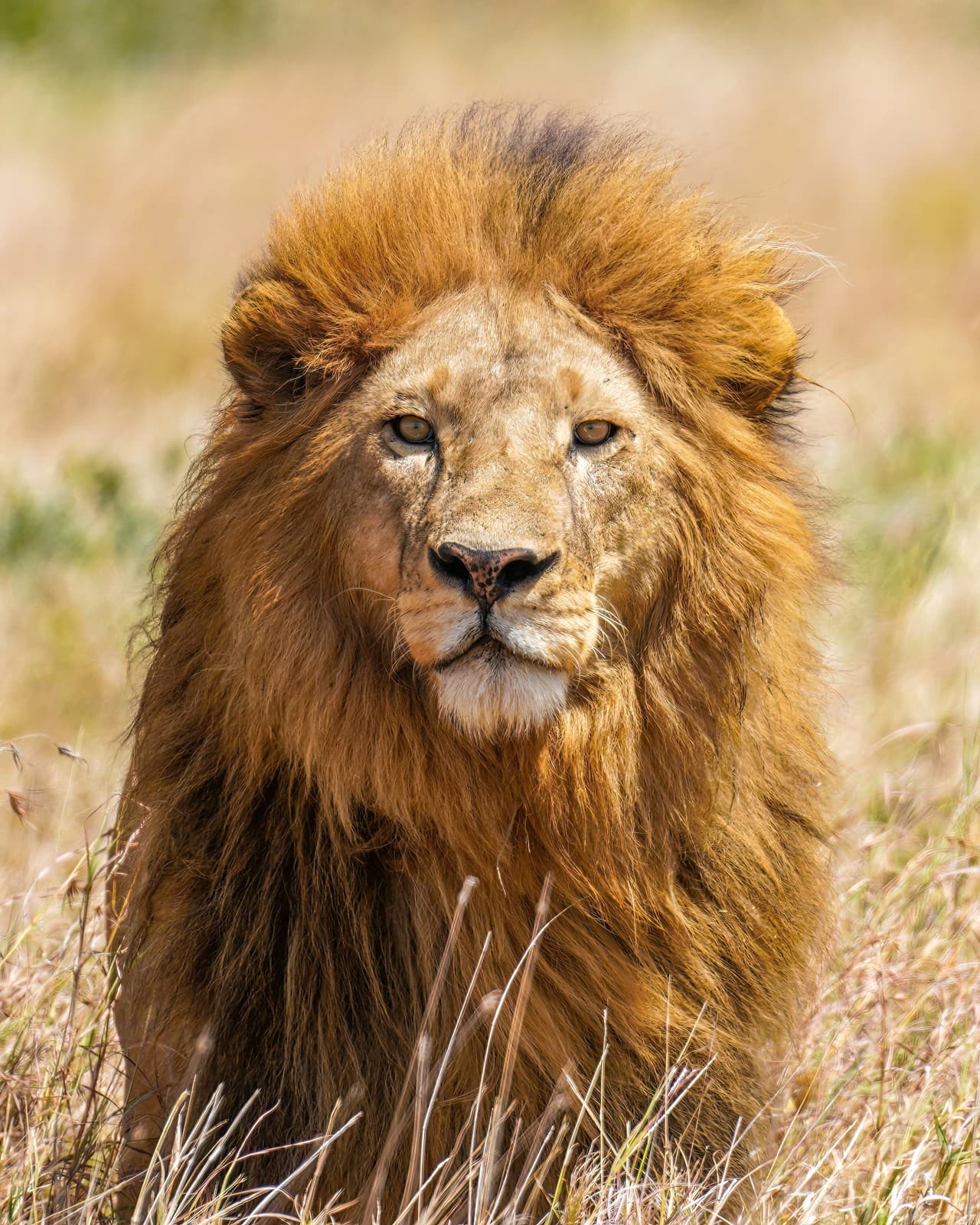
© Giles Laurent / CC BY-SA 4.0
The male lion’s distinctive mane serves both as protection during confrontations and as a symbol of dominance. Their tawny coloration perfectly matches the African savanna’s golden grasslands.
Key Physical Differences: Tiger vs Lion
| Feature | Tiger | Lion |
|---|---|---|
| Average Weight (Male) | 400-670 lbs (180-310 kg) | 330-570 lbs (150-260 kg) |
| Body Length | 8-12.5 ft (2.4-3.8 m) | 8-9.8 ft (2.4-3 m) |
| Habitat | Forests, grasslands, mangroves | Savannas, grasslands |
| Social Structure | Solitary | Pride-based |
| Hunting Success Rate | 50-60% | 25-30% (group hunting) |
| Average Lifespan | 20-25 years | 15-20 years |
Hunting Strategies and Behavior
Tigers are masterful ambush predators, relying on stealth and powerful swimming abilities. Their striped coats provide perfect camouflage in dappled forest light, allowing them to approach prey undetected. A tiger’s hunting strategy involves patient stalking followed by explosive bursts of speed, reaching up to 40 mph (65 km/h).
Lions, conversely, employ cooperative hunting tactics within their pride. Lionesses typically lead the hunt, using coordinated movements to drive prey toward waiting pride members. While less successful individually, pride hunting allows lions to tackle larger prey and defend their territory more effectively.
Habitat and Territory
Tigers demonstrate remarkable adaptability across diverse environments, from Siberian taiga to tropical mangrove swamps. Individual tigers maintain vast territories, ranging from 20-100 square miles (50-260 square kilometers), marking their boundaries through scent marking and scratches.
Lion territories are typically smaller but more densely populated, averaging 100-250 square miles (260-650 square kilometers) for an entire pride. Their habitat preference focuses on open savannas and grasslands where cooperative hunting proves most effective.
Strength and Combat Abilities
When analyzing tiger vs lion combat capabilities, several factors come into play:
- Tigers possess stronger forelimbs and larger paws
- Lions have the advantage of pride support
- Tigers show greater agility and swimming ability
- Lions demonstrate superior endurance
- Tigers maintain a more powerful bite force: 1,050 psi vs lion’s 650 psi
Conservation Status and Threats
Both species face significant challenges in the wild:
- Tigers: Approximately 3,900 remain in the wild
- Lions: Population estimated at 20,000
- Habitat loss affects both species severely
- Human conflict remains a primary threat
- Poaching continues despite protection efforts
Who Would Win in a Confrontation?
Based on historical records and biological factors, tigers generally have the advantage in one-on-one encounters due to:
- Greater average size and weight
- Stronger bite force
- More powerful forelimbs
- Superior agility and swimming ability
However, in natural circumstances, these magnificent predators occupy different habitats and would rarely encounter each other. Their success as species relies more on their adaptation to their respective environments than theoretical combat abilities.
Both tigers and lions represent the pinnacle of big cat evolution, each perfectly adapted to their specific ecological niches. Rather than focusing on theoretical confrontations, conservation efforts should prioritize protecting these magnificent species in their natural habitats for future generations to admire and study.
